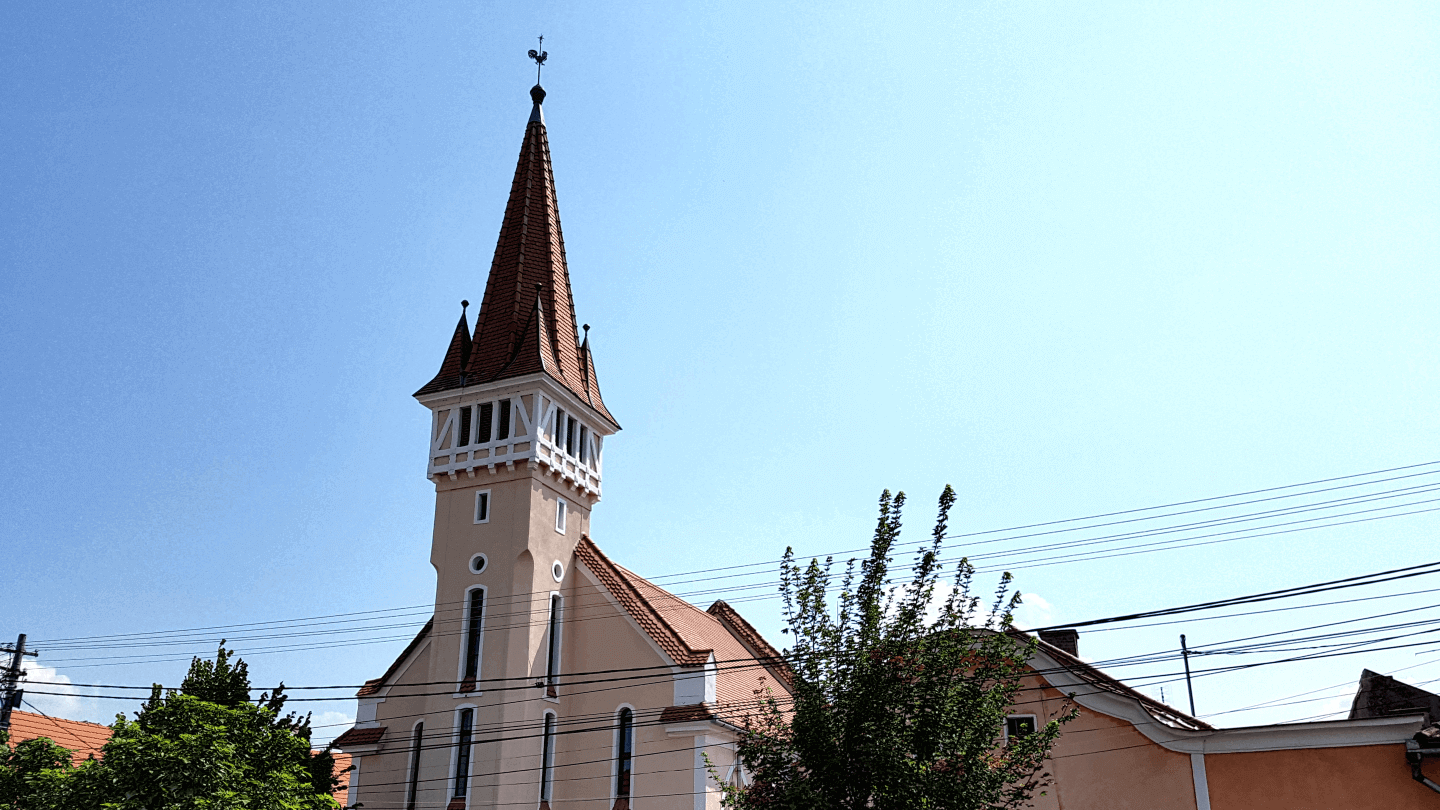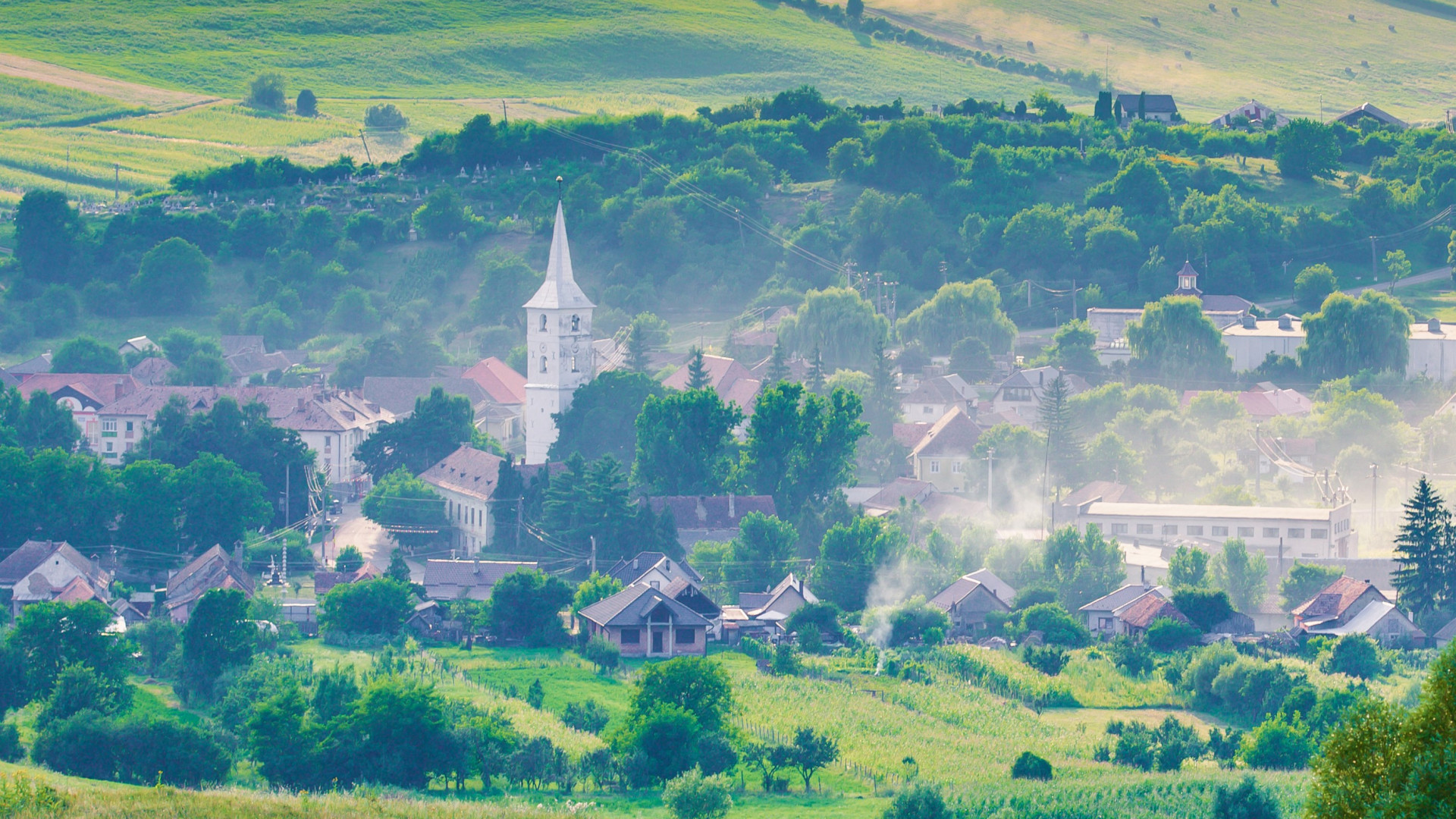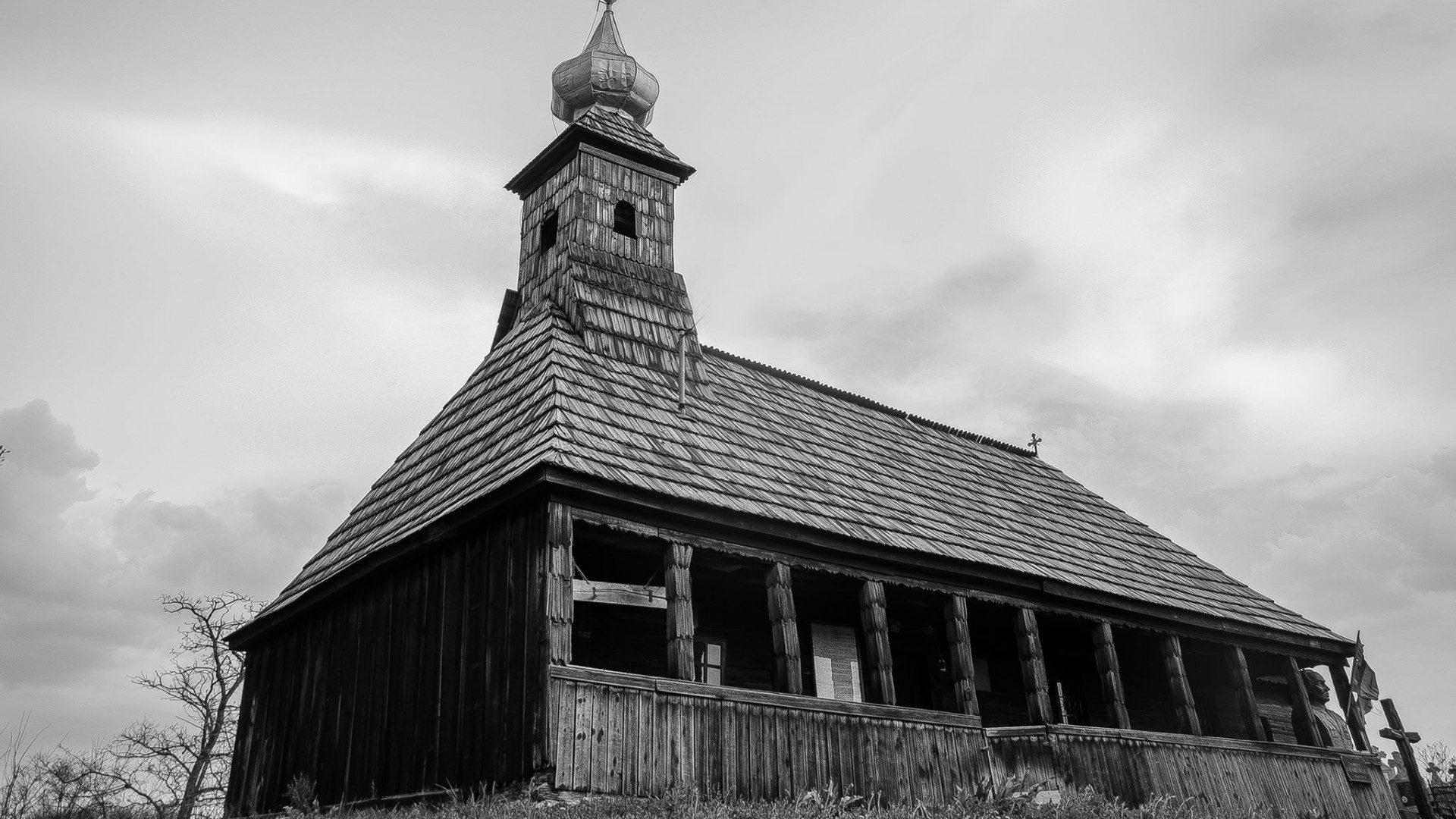Churches
.png)
Roman-catholic church - Reghin
The representative church as a style for the late Baroque was built during Empress Maria Theresa and finalized in 1781. The 12 stained-glass windows that replace the old windows depict outstanding personalities of the Hungarian people, kings and saints.
Learn more
Reformed church - Reghin
Built in 1890, the reformed church on the Mihai Viteazu str. Nr. 51, according to the plans of the architect Alpár Ignác holds valuable pieces such as the pulpit, the canopy, the furniture from the altar and the sides. A special element is the cassette ceiling on which Transylvanian churches are represented. made by plastic artist Molnár Dénes, there is a choral music festival organized here.
Learn more.png)
Saxon church - Reghin
The Evangelical Church, the oldest building in the city, dates back to 1330, as evidenced by the earliest Latin inscription in Latin in Transylvanian Middle Ages. Monument with many valuable architectural elements such as the statue of a Gothic window from 1400 decorated with anthropomorphic figures, unique consoles in Transylvania that tell about a treasure hidden in the church, the first coat of arms of the city with the inscription of OPR attesting Reghin's privilege to hold fairs. The 47-meter tower with the four turrets attests Reghin's right of trial. Organ concerts supported by the world's most illustrious organists make classical music ring annually in the evangelical church.
Learn more.png)
Wooden church - Reghin
The wooden church of Reghin, built from non-varnished wood beams (1744), were the scholar Petru Maior ministered between 1785-1808, which is a proof of art craftsmanship and of rural traditional art, is characterized by its unique plan of the five sided apse.It has been renovated during the years 1760, 1857, 1957, 1982. Into the altar are paintings of folk/popular nature and temple (iconostasis) icons from 1857. The curch has 15 meters length, 6 meters width and 14 meters height. The wooden church is on the new list of the historical monuments.Inside, the mural painting from the altar apse performed around the year 1791, is signed by ”Toader zugravul (the painter)”. Stylistically speaking, the painting can be framed in the romanian byzantine tradition, also having a strong influence of local folk/popular art. It is known that Toader zugravul (the painter) was influenced by the Feisa School.There is no fee for visitors, access can be made daily, the preist is also the guide of the church.
Learn more
The Evangelical Church in Batoș
The existence of a church in the village can be inferred due to documentation of the payment of papal tributes as early as the first half of the 14th century, and the sanctuary that we can admire today confirms its existence no later than the second half of the same century. By its size, we can interpret the strength of the Batoș community at that time.
Learn more